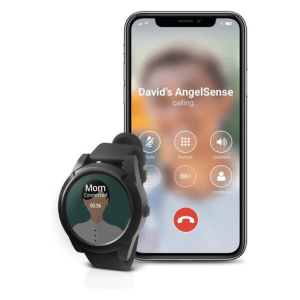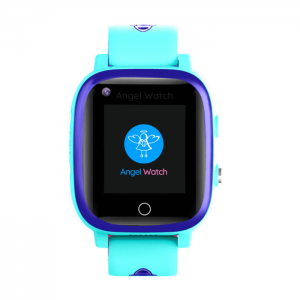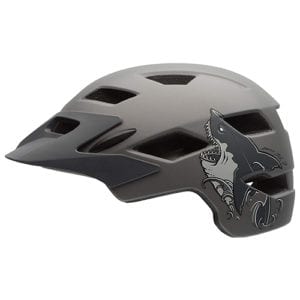To protect kids online, limit the time your children spend on the internet, keep computers in common areas, and establish good communication. That last one is the most important for protecting children online—it’ll help ensure that your kids are comfortable coming to you if a stranger approaches them.
How Can I Protect My Child from Strangers Online?
For over 11 years, SafeWise experts have conducted independent research and testing to write unbiased, human reviews (not robots). Learn more.

By signing up, you agree to our Terms and Conditions and Privacy Policy.
In a lot of ways, it’s much harder to keep kids safe online than in your home—especially with so many cellphones, tablets, computers, and other connected devices at their fingertips. There are countless child predators lurking on the web with the intention of doing your kids harm. There are also online bullies and inappropriate materials your child can see. We’re not trying to keep you awake at night but rather instill the importance of internet safety education.
Here’s a closer look at the main issues that could threaten your child’s online safety.
Sexual Predation
In 2010, around one in eleven children were the target of sexual solicitations.1 Most advances from predators occur in chat rooms and instant messaging platforms, but any website, game, or app with a messaging feature can be dangerous for kids. To protect children from online predators, follow these tips.
- Set limits: Teach your children to stay out of chat rooms, and set strict privacy settings in instant messaging apps. If they avoid coming into contact with an online sexual predator, they’ll be safer overall.
- Get parental controls: Block certain sites from your home devices with parental control software. If your kids can’t get to certain websites, they’ll have fewer opportunities to meet the wrong people.
- Keep unsupervised internet use to a minimum: This means restricting access on cellphones, home computers, laptops, tablets, and anything your child can use to log online. If they can’t use the internet while you’re not watching, they’ll be less likely to get into trouble.
- Talk to your kids about internet safety: You teach your kids not to play with matches and to look both ways when crossing the street. Arm them with knowledge about online safety, too, so they can be advocates for themselves. Teach your kids to tell you if they ever feel uncomfortable by something someone says online, and explain that they should never meet an online stranger in person. The more your kids know, the safer they’ll be.
- Get GPS wearable devices: Have your kids wear a GPS tracker so you can set safety perimeter zones, talk to them remotely, and get alerts if they’re in trouble. If your child is ever lured to meet a stranger they met online, you’ll know about it immediately.
- Don’t underestimate age: Dangers don’t end when your kids grow up into teenagers. Talk to your teens about the dangers of meeting up with strangers online. If you can, limit independent cellphone use, too, so you know they’re not doing something they shouldn’t when you’re not around.
- Tell the police: It’s unfortunate that only a small percentage of online harassment and abuse is reported to authorities. To prevent someone from hurting other kids, always tell the authorities if someone has contacted your child. It’s the only way to stop crime.
Inappropriate materials
As soon as kids start using the internet, they could be at risk of stumbling upon pornographic material while online—oftentimes while getting work done for school. An easy preventative measure for this is installing software on your home computers that blocks crude and disturbing material.
Cyberbullying
Kids aren’t just bullied at school anymore—it can also happen online. Cyberbullying happens to girls more than boys, but altogether more than half of youths have been harassed and bullied online.2 Cyberbullying has claimed lives—causing kids to commit suicide. It’s sent kids to jail. The best way to protect your child from being bullied online or from becoming a bully is to talk to them about it.
Cyberbullying is more than calling someone mean names; it can also include spreading rumors online, pretending to be someone else and harassing someone, sending aggressive and demeaning messages to someone, and logging into someone else’s online accounts and doing damage. Talk to your kids about the right way to treat people, and teach them that bullies only have power if the victim stays silent. By keeping an open dialogue with your kids, you’ll encourage them to come to you if they have a problem, so you can de-escalate it before it becomes serious.
Hacking
The internet is also used as a hacking tool by some people who could try to use your kids to get into your personal information. Teach your kids never to give out data like phone numbers and addresses, and make sure they know how to set strong passcodes. Also, educate them to never open emails that seem spammy or click on links from people they don’t know.
In this digital age, you can’t keep your children from going online entirely, but you can work on keeping kids safe on the internet. Check out our resources for best internet safety practices for kids and how to keep your smart home safe from hacking.
Compare the best kid safety products
Amazon.com price as of post date. Offers and availability may vary by location and are subject to change. Read full disclaimer.
*For annual plan, paid yearly.
*Amazon.com price as of post date. Offers and availability may vary by location and are subject to change. Safewise.com utilizes paid Amazon links.
Sources
- Crimes Against Children Research Center, “Trends in Unwanted Sexual Solicitations”
- Bullying Statistics, “Cyber Bullying Statistics”
Recent Articles









